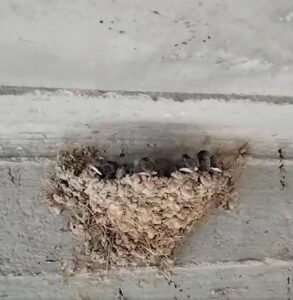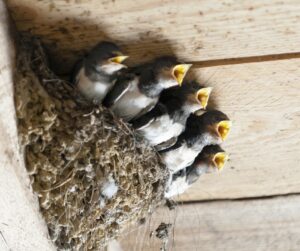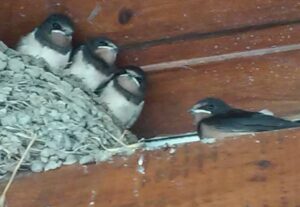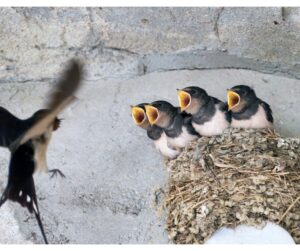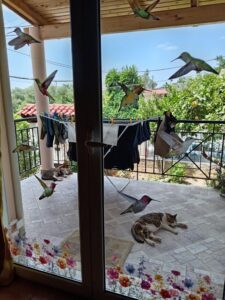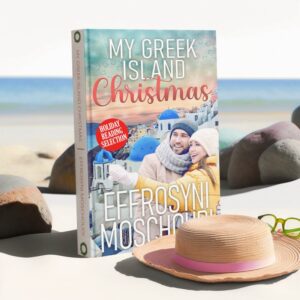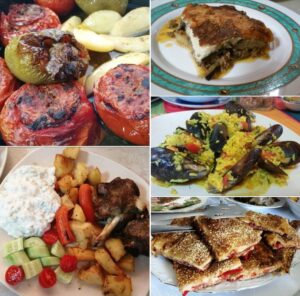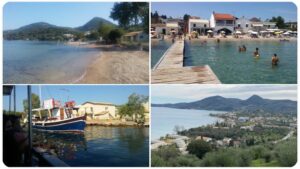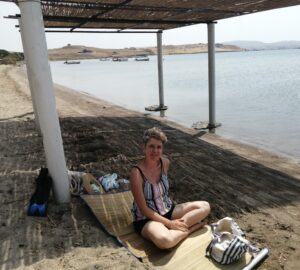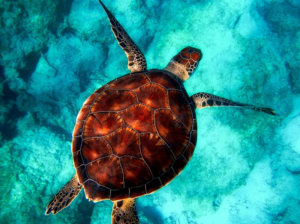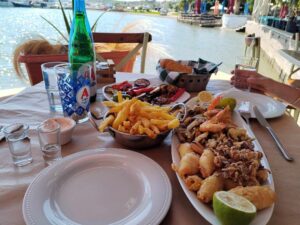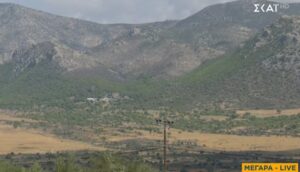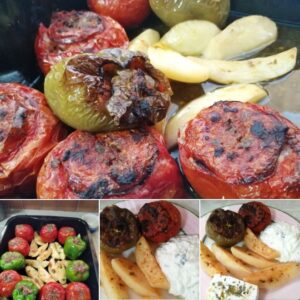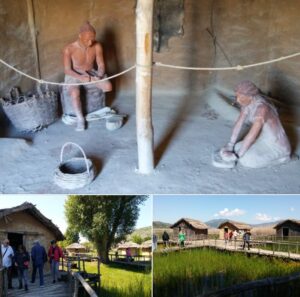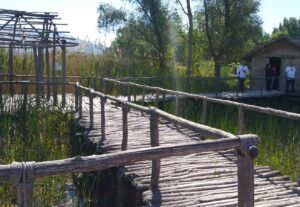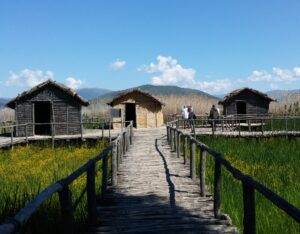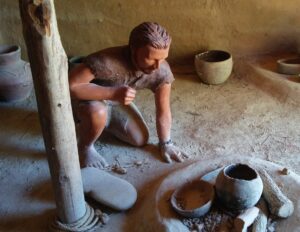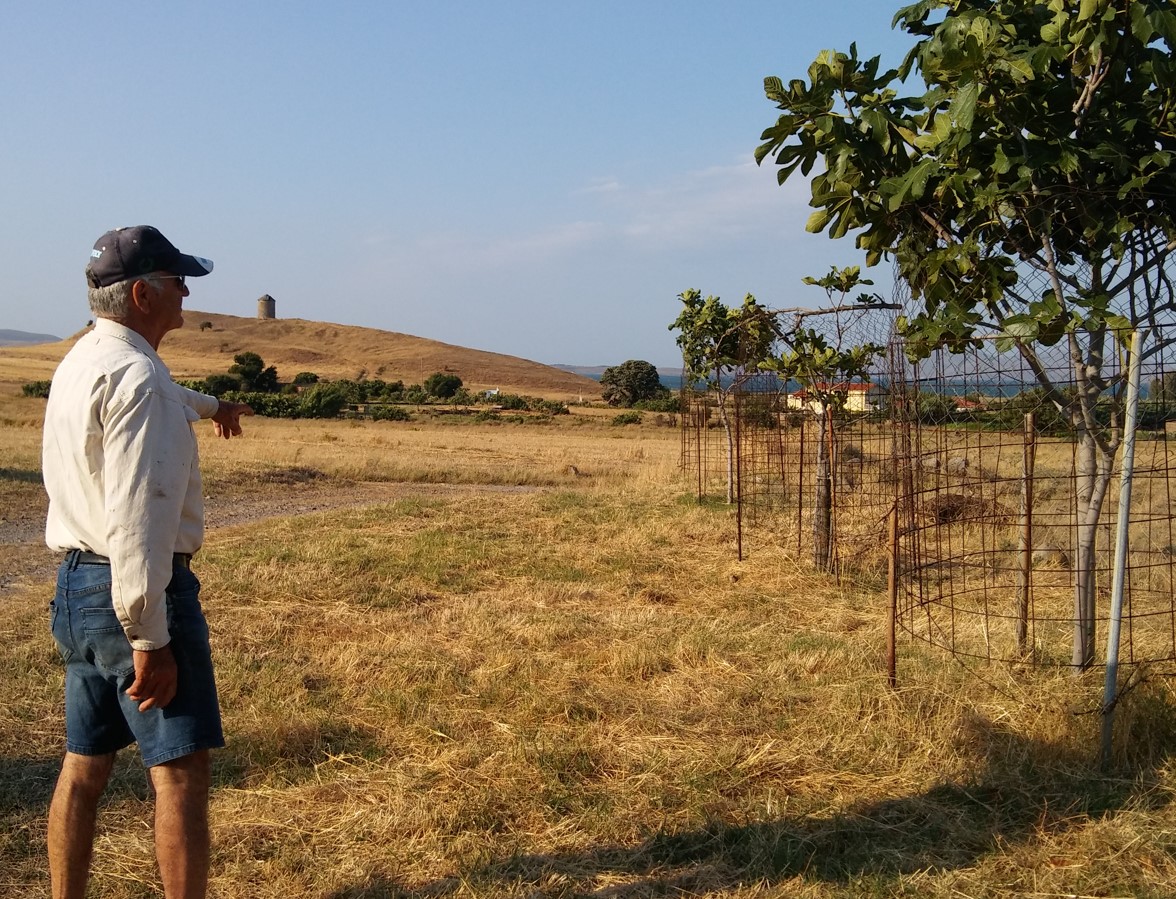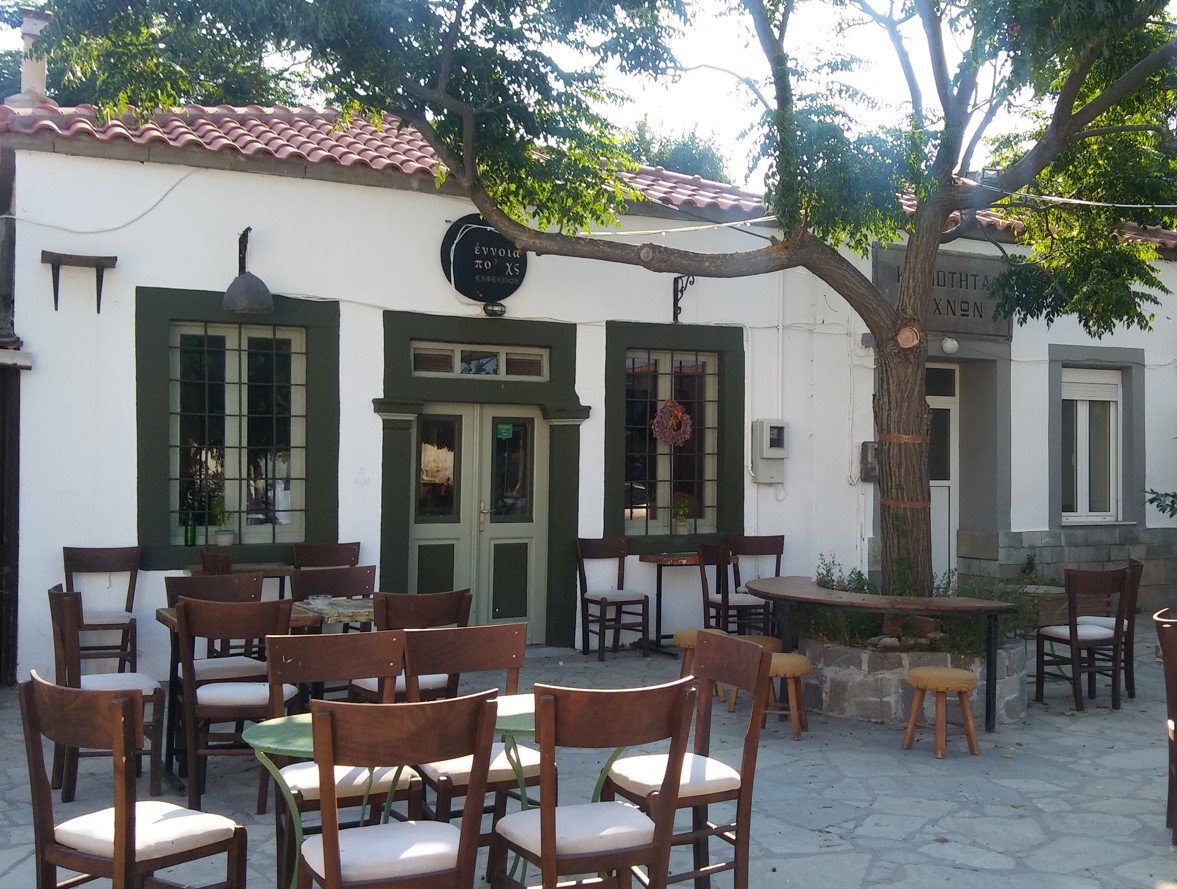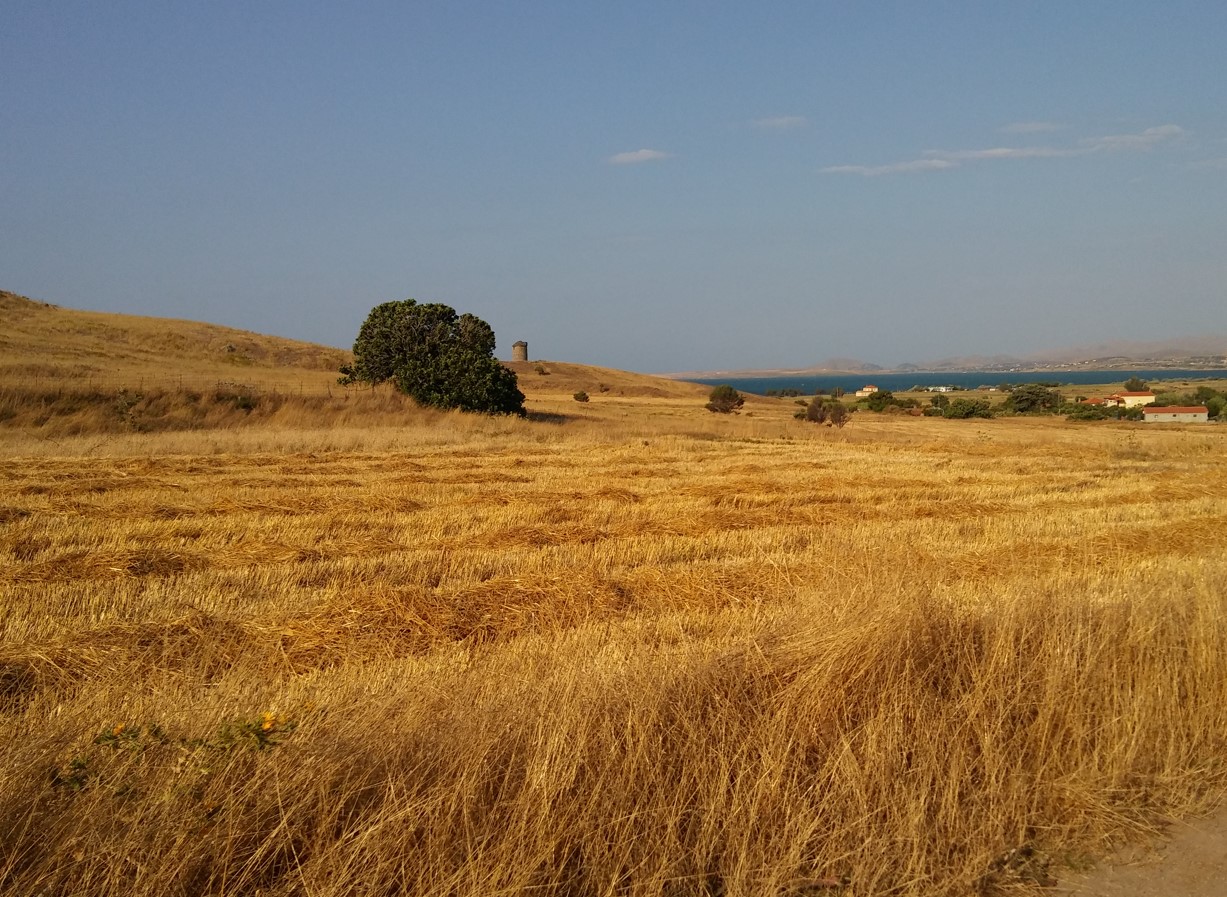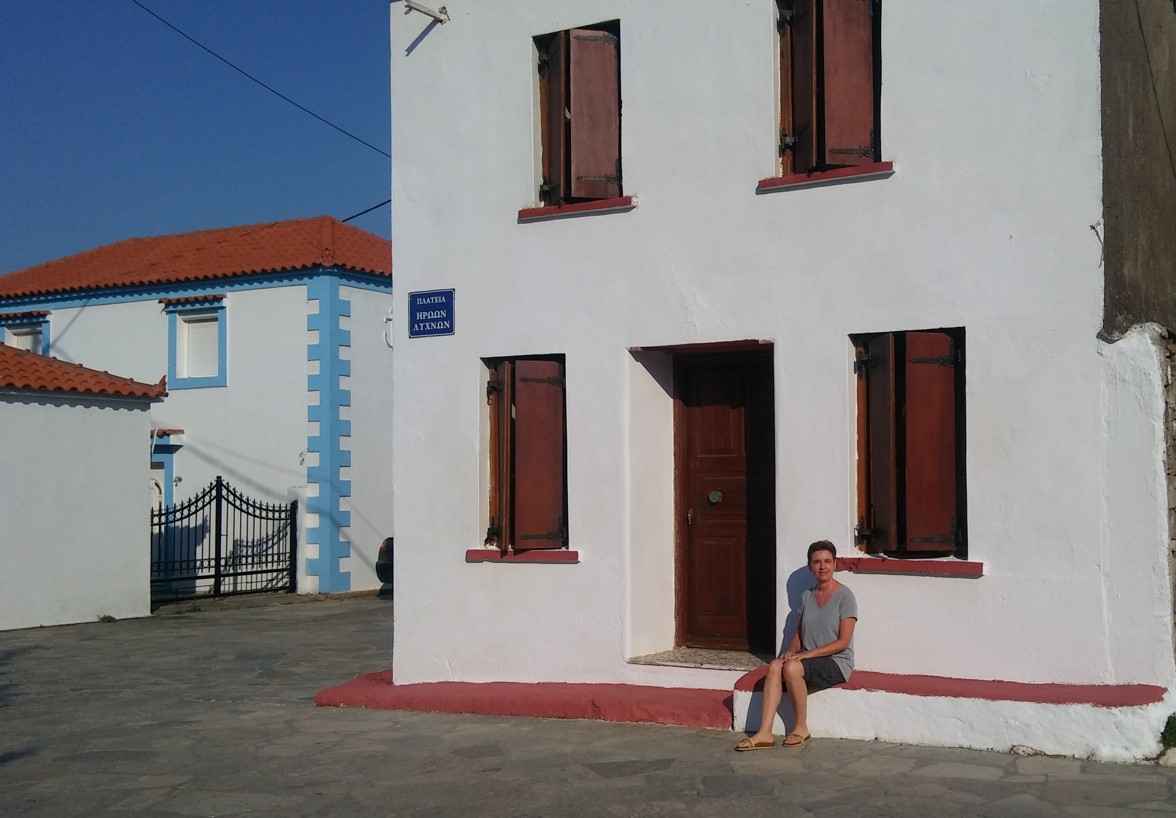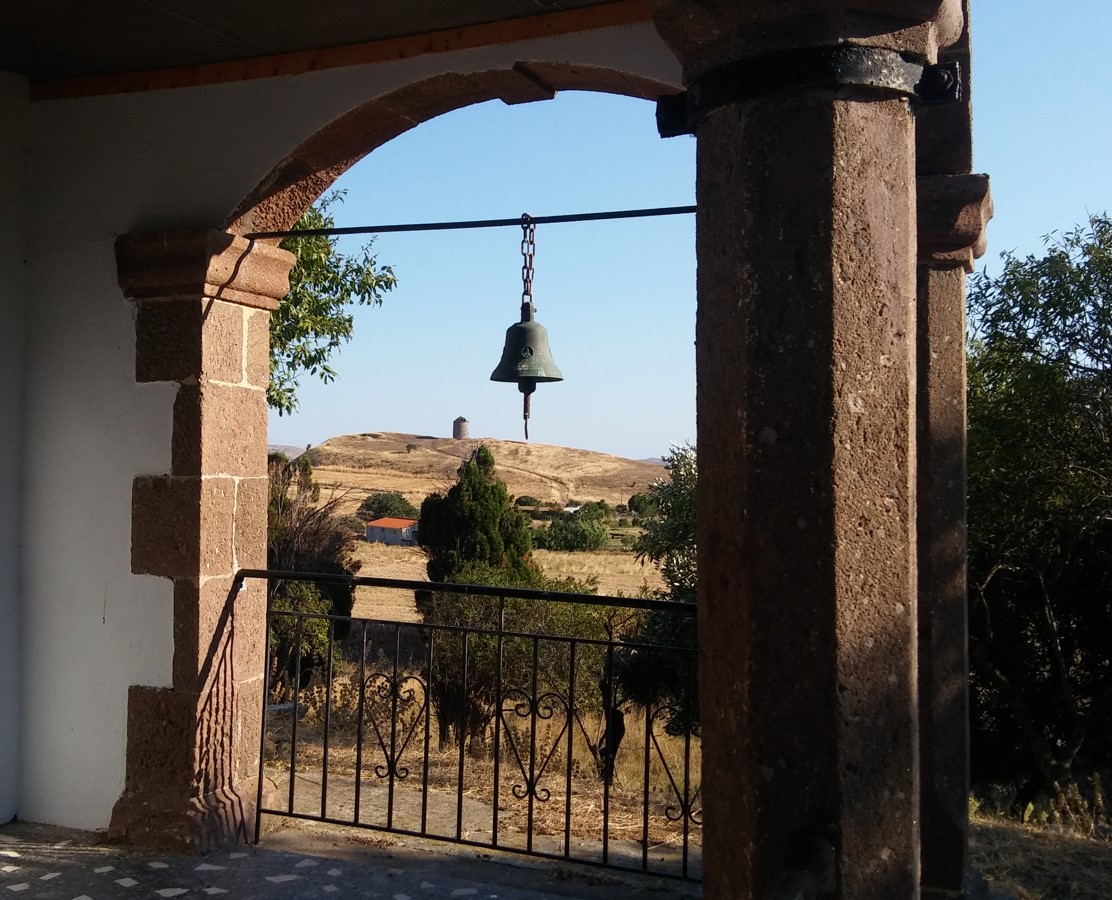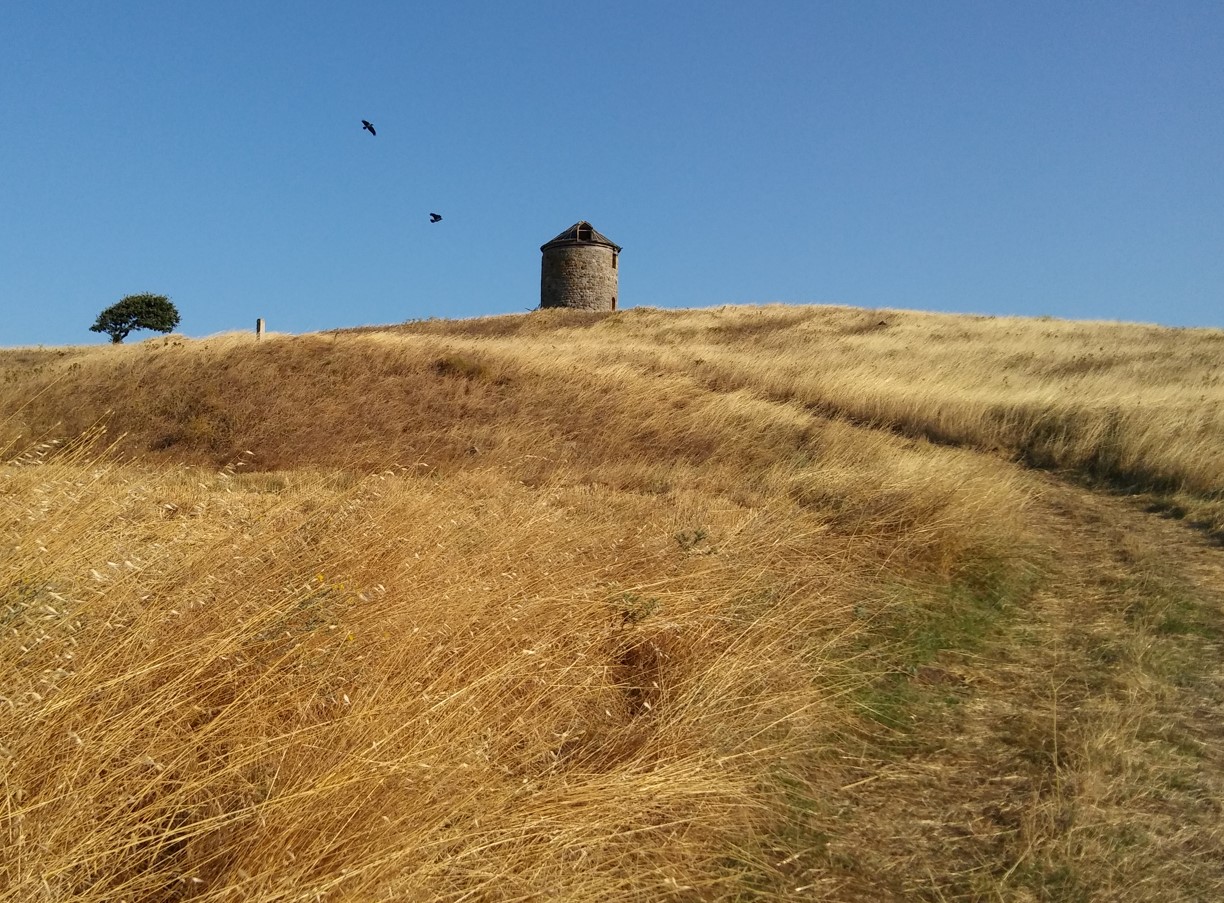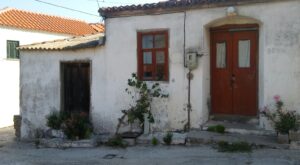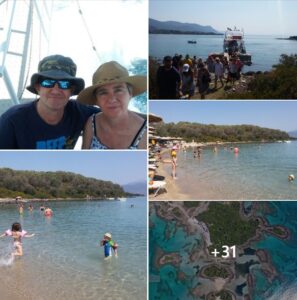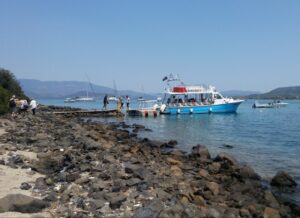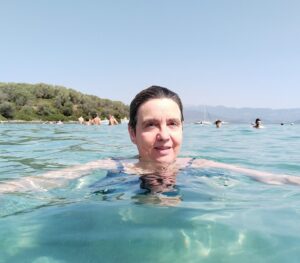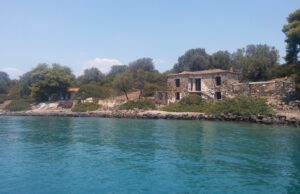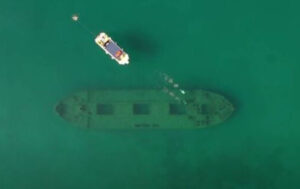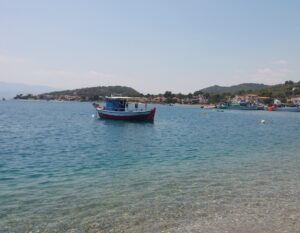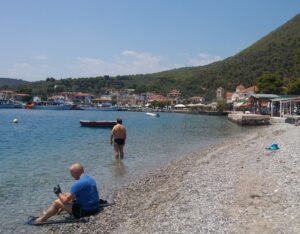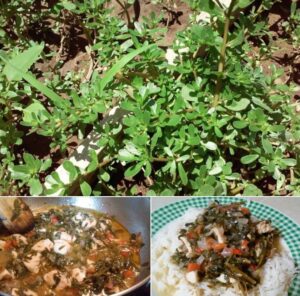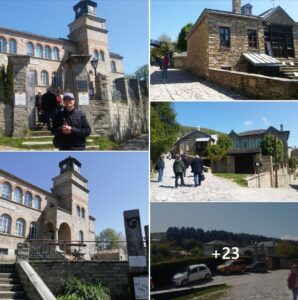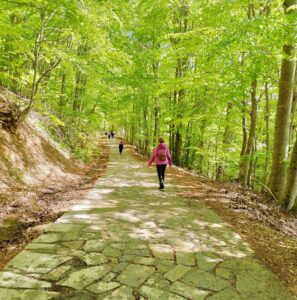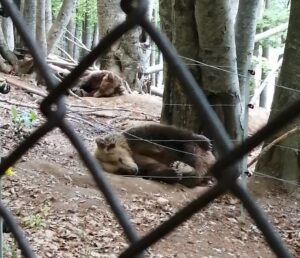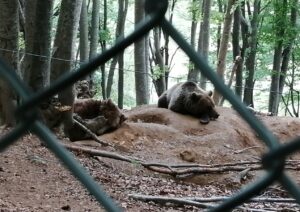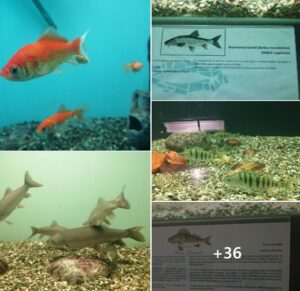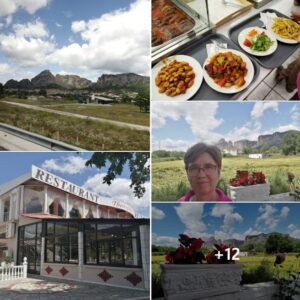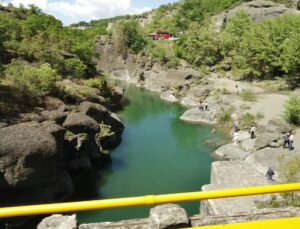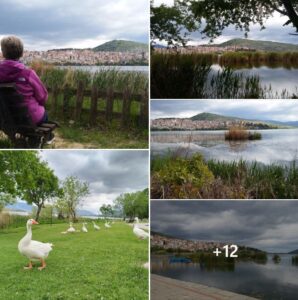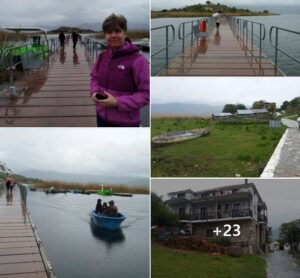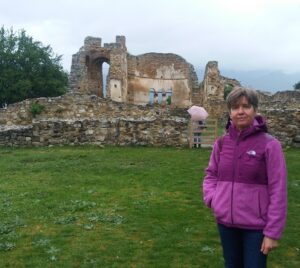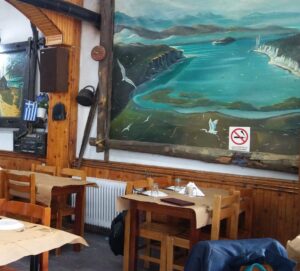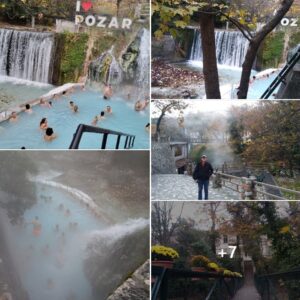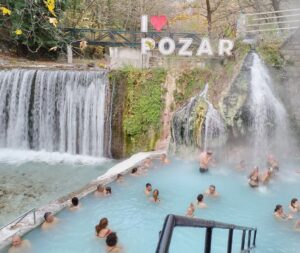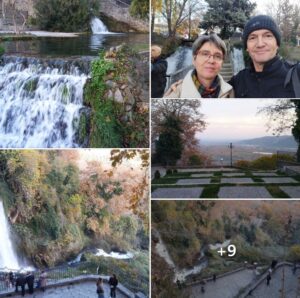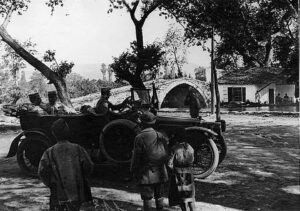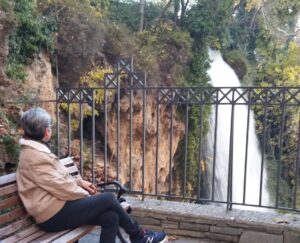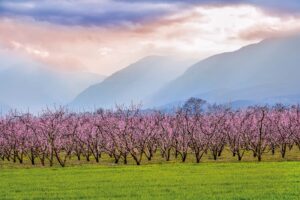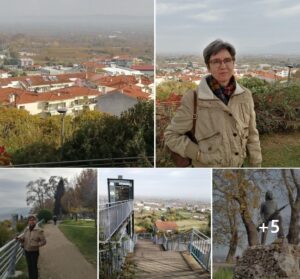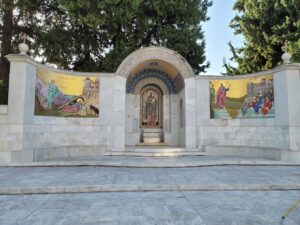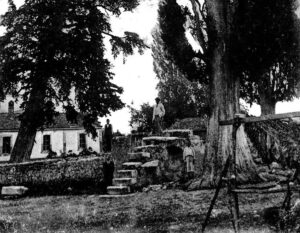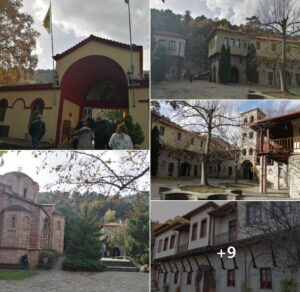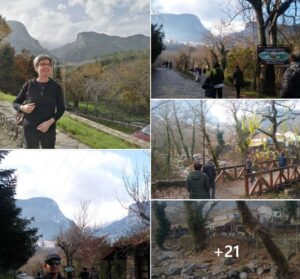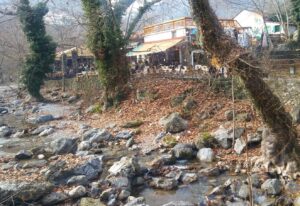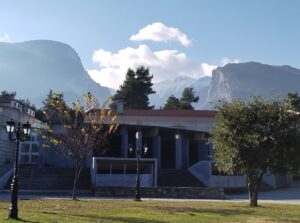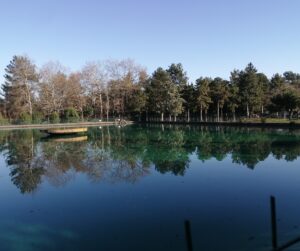Swallow baby boom
One swallow does not make a spring, they say. But what about two nests brimming over with swallow babies?
That’s right. Next door to me, on the porch of my parents’ house, swallows have come and gone for years now. Two nests remain there all year to be filled again and again every spring. Sometimes, they claim just one, and sometimes both.
I don’t know what happened this spring, but both the nests have been claimed and they are both filled with babies!
In the picture above, you can see one of the two nests on my parents’ porch.
The result? A small murmuration of swallows keeps busy flying here and there all day, bringing sustenance to the little ones. I can count 4-6 birds swooping over my head at any one time, whenever I visit the porch next door.
They have been particularly more daring this year, flying low over our heads when we are in the garden near the nests. Sometimes, they perch on cabling overhead, peering at us, whereas in other years they would fly off the moment they saw us approach.
One morning, I was milling about in the garden, really early in the morning, and I thought I’d go see the nests. It was about ten days ago when none of the babies had flown out the nest yet.
Well, to my surprise, I found one baby on the ground! And I am so glad I checked as I don’t normally do that, so early in the morning. It was a fully formed swallow, with its wings all perfect, but it was just smaller, naturally.
It was standing on the ground, totally still, and it looked pristine, so my first reaction was relief, seeing that I have two avid feline hunters around and a very inquisitive doggie–my parents’ dog, Gino, that I have ‘taken under my wing’ (pun intended) since they passed away.
Anyway, I went closer to catch the baby bird, and it hopped away from my grasp, moving toward a large table. I panicked in case it hid somewhere out of my reach, so on my second attempt I really went for it and caught it in time.
The moment I trapped it inside my loose fist it calmed down and totally stopped thrashing.
Thinking quickly, I then went next door to my house and took one of my cat-carrying bags to keep it safe. Putting it inside proved tricky.
The baby seemed too scared to let go of my hand. It had curled its little claws all around one finger and wouldn’t let go. I had to shake it off my finger gently while giving it a little nudge with my other hand to transfer it to the bottom of the bag.
Once it was secure in there, I put the pet bag on a table before the window, so the baby could see the sunlight. It sat calmly looking from behind the mesh.
And then, I got to work…
The problem was I needed help to put the baby back up in the nest. They are located really high, you see, on the level of a tall ceiling, and because of a health issue I cannot lift any heavy weight. That meant I could not move the really tall ladder needed for the task.
Plus, I didn’t want to wait till my husband came back from work in the late afternoon to do it for me, as I worried the baby wouldn’t make it without food all these hours.
A couple of phonecalls later, I found a kindly neighbor to come and help. As he lifted the heavy ladder to place it under the nest, he told me the swallow nests are considered good luck for the home in his country of Albania.
This made me smile, as my mother and father also thought that. They had swallows return for many years, not just to their house here but also to their country home on the island of Limnos where my father came from.
So, anyway, my neighbor first checked the nest from which the baby had fallen–I knew which one it was because I’d found it on the ground directly under it–but that one was so full of babies that it was obvious why it had fallen. It probably got squeezed straight out by its siblings. So, the nice man put it in the other nest that was luckily less full.
I thanked him and we both went our way, and I hoped the baby would be fed soon as I didn’t know for how long it had been on the ground. I was worried the parents might not feed it, as I understand sometimes wild creatures abandon the young that have been touched by humans. I hear we humans leave quite a stench to the things we touch–at least, to their nostrils 🙃
I also worried it might fall again, in case it had actually tried to fly while not being ready yet. Perhaps, I imagined, I was unlucky enough to save the most overconfident swallow that ever lived 😅
But, anyway, I worried for nothing. In the afternoon, my husband and I witnessed the babies being fed busily by their parents in both nests.
A couple days later, the oddest thing happened. I was on my porch, putting clothes on the line, and one swallow came to perch on a cable near my porch, almost at eye level.
It just sat there watching me, not in the least skittish about me being so close and gazing back at it.
I like to think it could smell me, perhaps, and knew it was I that had saved the baby. Maybe, it had come to check me out, or perhaps, even to chirp a little thank you to me 🦜
What do you guys think? I could be imagining things! Or, perhaps, as my husband often tells me, I am humanizing, as always, the way I forever humanize the cats and the dog, by trying to explain their behavior in human terms. I do admit… I am guilty as charged!
This is an old photograph taken by my mother at the porch of their house on the island of Limnos, where they used to spend much of every spring and all their summers during their retirement.
As you can see, the swallows came for a visit there too, though these do not look like typical swallows to me, seeing that they have these striking white lines on their heads and these nice brown shades. The swallows we have here in my town are the common house martins–they have black on their backs, white underneath, and no white lines on their heads.
Anyone recognize these birds? I’d love to know what swallow species they are. I am guessing they are a less common species for Greece.
As it turns out, there are five different swallow species that are common in Greece: the red-rumped swallow, the barn swallow, the common house martin, the sand martin, and the Eurasian crag martin.
The first three species have mainly black and white colors while the last two also have brown or gray shades.
Four of these five species make nests high above the ground using mud and dry plant fibers. The shape of the nest varies among the species. The sand martin is the only one that makes holes in the ground to make a nest, usually near water.
Greek law forbids the destruction of swallow nests, and the punishment is up to 1,000 euro fine and 1 year in jail! Many people, sadly, mind the visit of these intelligent, minute creatures and heartlessly destroy their nests on their walls.
I cannot imagine ever being bothered by the swallows’ sweet and busy song. It is rich in my ears every morning when I go out on my porch. It’s the sweetest goodmorning ever.
The only thing that seems a little bothersome is the small mount of poo that gathers under the nests, but a sheet of cardboard or a scrap of old cloth on the ground fixes that. And if it is built over furniture, perhaps, then one could place a makeshift shelf underneath the nest using a plank of wood and fix this problem.
The swallows arriving in Greece fly across the Mediterranean from Africa and can even fly back and forth from Siberia. And, these delicate little creatures have quite the stamina. They can fly across the Mediterranean in just one day!
In contrast to other migrating birds, the swallows only fly in the day, and pause to rest in different places during their journey.
Last, you may be surprised to learn that swallows don’t feed from the ground, but only during flight, catching bugs mid-air!
I recently installed these stickers on my living room window. The flowers went in first, just for fun, and then, I got the hummingbirds too, this time for a specific reason. I wanted to protect the swallows and sparrows that are prolific where I live.
Earlier this month, a little bird, probably a sparrow, perhaps blinded by the glare of the evening sun on the glass, hit it hard mid-flight.
I was in another room at the time and came straight out to see what the thud was about. It was pretty loud. I hoped it wouldn’t be a bird, as this had happened twice before over the years, before I even had cats, and when I saw what it was my heart sank.
By the time I got there, one of my cats–the younger one, Sissi–had already snatched the poor soul. She catches birds with gusto, and she’s really good at it. So, as sad as I was, I wasn’t surprised…
I managed to catch only a glimpse of the birdie lying still in her mouth, and I couldn’t save it, as Sissi then ran off with the bird and there was nothing I could do about it.
It broke my heart so much I knew I had to do something.
Happy to report I haven’t had any more mishaps since installing the stickers. I really hope they will deter the birdies from flying that way again.
In the first day or two, my cats, Sissi and her mommy, Loulou, sat and gazed at the hummingbirds from time to time, and also raised their paws, trying to catch them. Now, they coexist peacefully, as you can see.
And, if they mind these birds are made of plastic I’d rather they feel a little peeved than snatch another birdie while I’m watching. It’s not always easy being a cat mamma!
Till next time, enjoy this glorious summer and reading awesome stories!😀
Interested in Greek wildlife and nature? Check out these posts:
A fun boat ride in Kerkini Lake. Hungry pelicans, shy flamingos, and other delightful encounters in northern Greece
The village of Nymfaio and the bear sanctuary of Arcturos
Sharing is caring! Here’s a ready tweet for you to spread some love:
Greek life, travel, food and books. Here's a blog you will love! #Greek #author #writerlife Share on X
3 FREE books for you! Sign up below to receive them instantly!
New! Clean Christmas romance. Two broken hearts. One magical holiday. A Santorini farm where anything can happen.
Check it out on Amazon Read a FREE sample!

